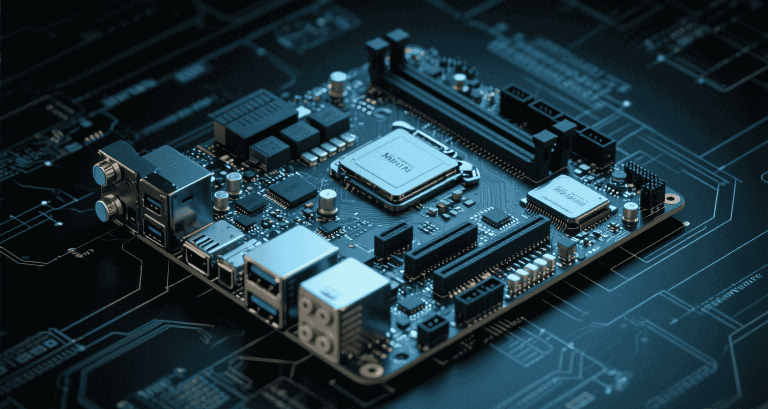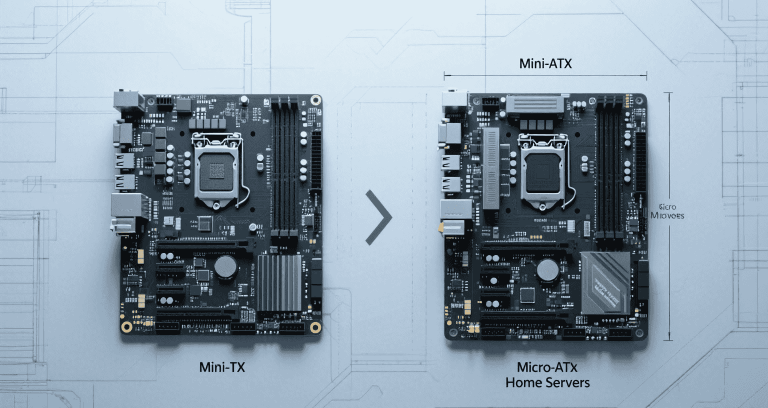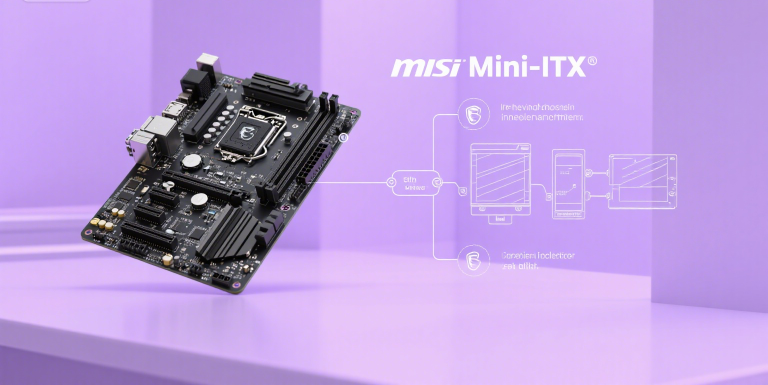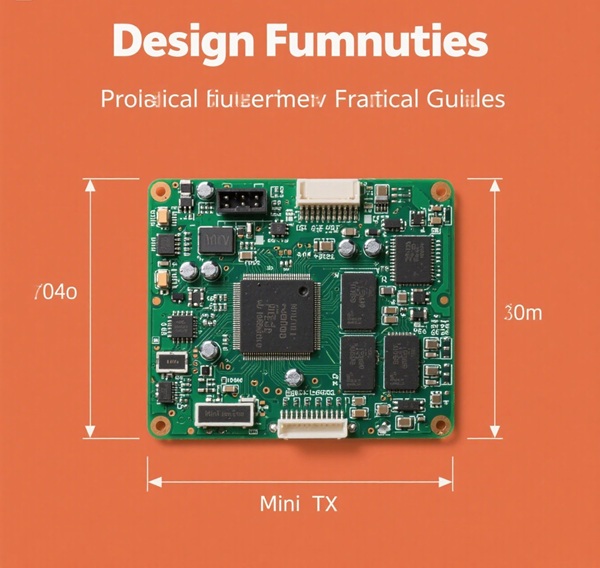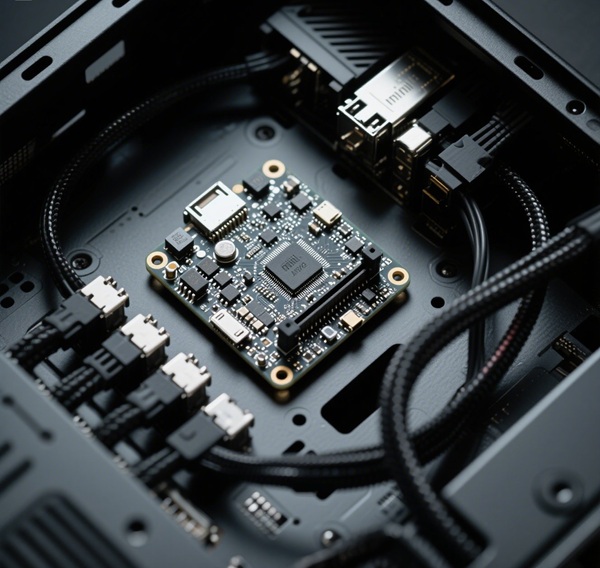Mini‑ITX vs Thin Mini‑ITX: What’s the Difference?
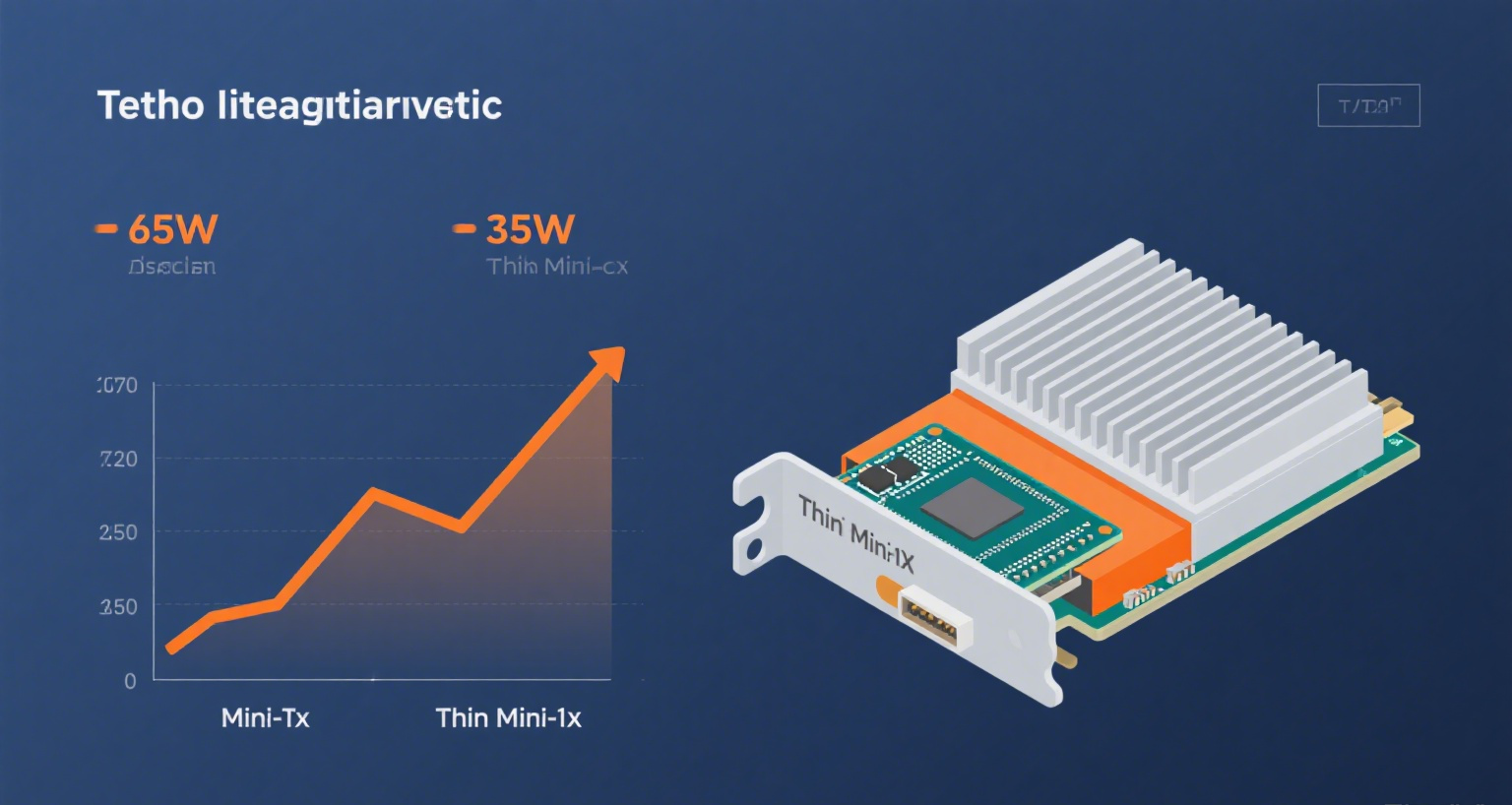
Table of Contents
- Introduction
- Board Dimensions and Structural Standards
- Cooling Architecture and Thermal Strategy
- Power Supply and Voltage Design
- CPU and Upgradeability
- RAM and Storage Interfaces
- I/O Expansion and GPU Support
- Embedded Interfaces and Display Integration
- Case Compatibility and Cable Routing
- System Cost, Availability, and BOM Control
- Best Use Cases and Deployment Scenarios
- Final Comparison and Recommendations
- Conclusion
Introduction
Choosing between Mini‑ITX and Thin Mini‑ITX motherboards is more than a size decision—it directly impacts thermal design, power input, I/O expandability, and long-term support. In this guide, we’ll help embedded and industrial system designers understand the differences and make informed platform choices.
Board Dimensions and Structural Standards
Both Mini‑ITX and Thin Mini‑ITX have a 170 mm × 170 mm footprint, allowing compatibility with standard ITX enclosures. However, Thin Mini‑ITX enforces a strict height limit (≤ 25 mm including I/O) for use in ultra-slim chassis.
Thin Mini‑ITX requires low-profile components to meet vertical clearance rules for slim industrial enclosures.
Cooling Architecture and Thermal Strategy
Cooling solutions vary significantly:
- Mini‑ITX: Supports tower coolers, 65 W+ CPUs, multiple fans.
- Thin Mini‑ITX: Designed for 15–25 W SoCs, passive or low-profile active cooling.
Thin boards are ideal for fanless designs, but require carefully designed airflow paths in closed systems.
Power Supply and Voltage Design
Power input style differs greatly:
- Mini‑ITX: 24-pin ATX + EPS (standard PSU).
- Thin Mini‑ITX: 12–19 V DC jack (external laptop-style adapter).
For mobile or space-constrained deployments, DC input is easier. But it limits power budget and GPU support.
CPU and Upgradeability
Mini‑ITX boards often feature socketed CPUs—ideal for upgrading or performance tuning. In contrast, Thin Mini‑ITX uses soldered SoCs for stability and lower thermal output. These are ideal for industrial longevity but lack upgrade paths.
RAM and Storage Interfaces
Comparison between the two:
| Feature | Mini‑ITX | Thin Mini‑ITX |
|---|---|---|
| RAM | 2× UDIMM (up to 128 GB) | 1–2× SODIMM (up to 32 GB) |
| Storage | 4× SATA, 1–2× M.2 NVMe | 1–2× SATA, possibly 1× M.2 |
| eMMC/Flash | No | Sometimes (embedded OS) |
I/O Expansion and GPU Support
Mini‑ITX: Offers 1× PCIe x16 slot, allowing GPU, NICs, or RAID HBA cards. Thin Mini‑ITX: No PCIe x16; limited to M.2 or mini-PCIe for Wi-Fi or LTE modules.
Thin Mini‑ITX boards are not suited for GPU workloads.
Embedded Interfaces and Display Integration
Thin Mini‑ITX is designed with embedded use in mind:
- LVDS or eDP display output
- GPIO, serial (COM), watchdog timers
- Ignition control and fanless operation
These features make it ideal for kiosks, POS, signage, and HMI panels. Mini‑ITX requires external modules or add-on boards for similar functionality.
Case Compatibility and Cable Routing
Thin boards are great for shallow chassis (e.g. < 40 mm) and wall-mount enclosures. Manufacturers often angle headers toward the board edges to ease cable routing in narrow builds. Mini‑ITX needs more clearance for cooling, PSU, and cable routing.
System Cost, Availability, and BOM Control
Cost and lifecycle differences include:
- Thin Mini‑ITX: Lower BOM cost, long-term SoC availability (5–7 yrs).
- Mini‑ITX: More flexible SKU range, but more frequent refreshes and higher BOM.
Thin boards are common in embedded markets due to long-term supplier contracts.
Best Use Cases and Deployment Scenarios
| Board Type | Ideal For | Not Suitable For |
|---|---|---|
| Thin Mini‑ITX | Digital signage, kiosk, HMI, fanless edge system | Gaming, GPU compute, RAID arrays |
| Mini‑ITX | NAS, compact servers, edge AI, virtualization | Flat industrial panels, <30 mm chassis |
Final Comparison and Recommendations
- Power: Thin = DC jack; Mini = ATX PSU
- CPU: Thin = embedded SoC; Mini = socketed CPU
- Expansion: Mini has PCIe x16; Thin has none
- Thermals: Thin = passive 15–25 W; Mini supports >65 W
- Lifecycle: Thin = longer availability; Mini = frequent updates
Advice:
- Use Thin Mini‑ITX when thickness, noise, and reliability matter more than speed.
- Use Mini‑ITX if your system needs future upgrades, GPU support, or high-speed networking.
Conclusion
Choosing between Mini‑ITX and Thin Mini‑ITX comes down to your design priorities. If you’re building compact, low-power embedded systems for industrial environments, Thin Mini‑ITX offers silent, flat, and stable operation. For performance-focused edge applications, Mini‑ITX provides better expansion and compute flexibility.
Always validate power budget, thermal envelope, I/O needs, and long-term component availability before locking in a form factor.

